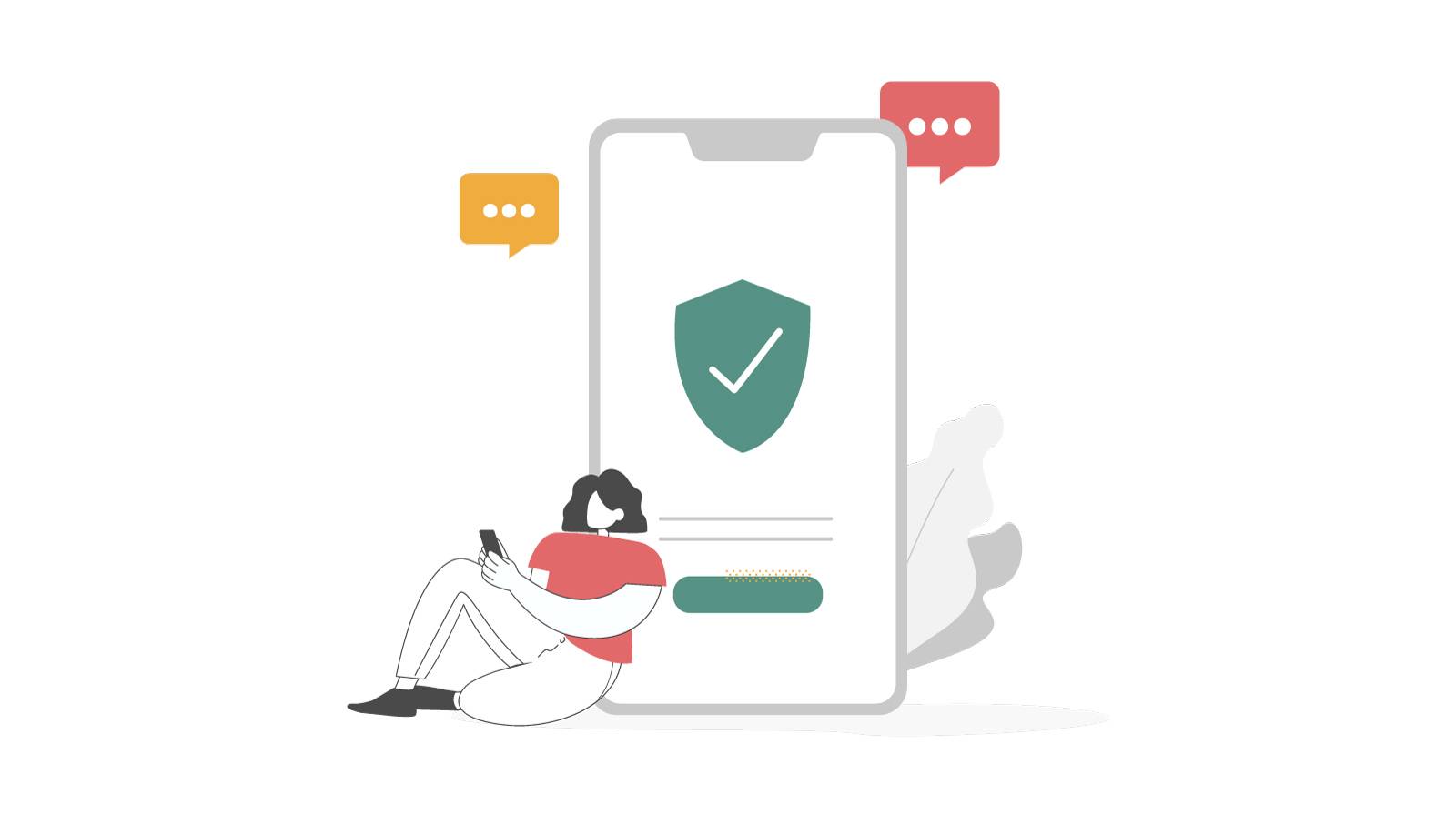Are your emails reaching your subscribers? Here's how to improve email deliverability
February 1, 2024: An Important Date for Email Senders.
If you are sending more than 5,000 emails a day into Google and Yahoo mailboxes, you should pay attention! To send large bulks of emails you must comply with a minimum set of email authentication standards.
Your marketing teams are content kings and queens, but the last thing you want them to do is to spend all their time on a wicked new email campaign that has poor deliverability rates. That would be a royal mistake if we ever saw one.
Spending time, and therefore money, on something that doesn’t end up reaching the right eyeballs is the fastest way to cause frustration and tension in the office. That’s why it’s super important to stay on top of email deliverability to judge the chance of these emails reaching their destination and impacting outcomes.
Deliverability rate is the success that the sender has in delivering emails to the right inbox. The rate is calculated by dividing the number of emails delivered by the number of emails sent, and the right marketing platform will enable you to address potential issues that negatively impact the chance of your emails making a target’s inbox.
Some of these factors include:
- ISPs
- Spam issues
- Bulking
- Throttling
- Bounces

Get your email deliverability basics right
Before we get into the nuts and bolts of the technology, there are some real email deliverability basics that you need to get right first.
These are some little housekeeping things that you can tick off to avoid damaging your chances of seeing your brand spanking new email flying into the inboxes of the people you want to see it.
- Make sure the unsubscribe link is visible. This might not be the most attractive step in the world - who wants to give subscribers an easy way out - but it’s still important. So suck it up, and include a clear and visible unsubscribe link.
- Be smart about URLs. URLs should have clear parameters and don’t use URL shorteners.
- Keep a sense of variety. This means you’ll want to craft your emails with a whole lot of elements, like images, text, buttons and a menu. Going about your business this way will result in more deliverable emails, as opposed to ones that are built on a foundation of images alone.
- Use good subjects. Your email subject lines are really important. To do this, you’ll have to avoid clickbait lines, no matter how tempting it is, and try to avoid sensationalist language. Keep this key facet in your head: clicks and opens don’t always equate to higher engagement, which is the aim of the game
- Sign off. Your emails also need to contain a signature that proves you’re a legitimate source of communication. Email clients like Outlook filter and check incoming messages on this basis, and you must also ensure topics and consent lists are up to date.
DMARC, SPF and DKIM authentication
Your marketing platform can help you with all of this. It’s important to set up your email automation to include standards like DMARC, SPF and DKIM authentication, custom domains for system pages and links as well as private technical sender domain.
First, some definitions:
- SPF means Sender Policy Framework, and SPF can be used to define IP addresses that are allowed to send emails to your domain.
- DKIM stands for Domain Keys Identified Mail. This can be used to prove emails are authentic via an encryption key and digital signature.
- DMARC is a Domain-based Message Authentication, Reporting & Conformance. Once you have an SPF or DKIM, you can set up DMARC. This provides a more unified framework, gives you more control and enables you to set up responses for different scenarios after an authorisation test fails.
Email authentication increases email deliverability rates because it prevents email fraud and identity theft and proves your emails are sent from a legitimate source.
Luckily for you, APSIS One can handle all of this for you. As soon as you set up your audience, APSIS will authenticate any email you send via SPF and DKIM. This means you’ll start to deliver emails with a chef’s kiss seal of approval.
Authentication methods like this can really help with deliverability rates, which means all that work your marketing and content team are doing won’t go to waste.

Don’t forget about consent management
Consent management is really important if you want to make a success of your data-driven marketing. Practising good consent management is a cornerstone of good email deliverability. You can:
- Identity inactive profiles and take them off your mailing list
- Go deeper to study bounce rates and spam complaints
- Make sure all email addresses are legitimate and provided with consent
The best way to ensure profiles have given their consent to be communicated with is through a double opt-in, which marketing platforms like APSIS One can manage.
A double opt-in requires explicit consent to communicate with your profile and goes a little like this:
- A registration form is filled out by a profile
- A confirmation email is sent
- Once the profile confirms a subscription, they are now confirmed as a double opt-in
Double opt-ins are good because they allow a user to practise good list hygiene but they also indicate which profiles are likely to engage with your brand more frequently and respond more positively to communications.
Be hygienic
We’re not talking about whistling the whole of Old MacDonald Had A Farm while you wash your hands, although that never hurts. Rather, we’re referring to consent list hygiene.
As touched on before, email deliverability isn’t just a numbers game. You need to have quality as well as quantity. Put simply, send your campaigns to the right addresses.
Consent list hygiene can help with that. Having good list hygiene will enable you to reach the right people, reduce the risk of being ignored and give you a lower chance of being marked as spam.
Enabling double opt-in is a great way of doing this, but you should also clean up inactive profiles and make sure you don’t fall into any spam traps.
Avoid the spam trap
Spam traps come in three main forms, and it’s important you can recognise and avoid each one.
- Pure spam traps. These are false email addresses designed to trick spammers. They have never been associated with a real person.
- Recycled email addresses. These are old emails that once belonged to a person, but have been inactive for ages - which leads to the provider giving it new life as a spam trap. Sending emails to addresses like this shows you haven’t kept profiles up to date and haven’t cleaned up inactive profiles. Naughty you!
- Invalid email addresses. These are invalid, either because of a typing error, or just plain fake. Either way, you want to clear these off your mailing list.
Invest in a marketing platform
We’ve seen how you can create some pretty easy wins in the battle to improve email deliverability, but the biggest benefits can be derived when you use a smart marketing platform such as APSIS One.
APSIS One enables you to practise excellent consent management, keep squeaky clean email lists and make sure your email authentication is up to scratch. So don’t dilly dally, get in touch with the friendly folk at APSIS One to get your hands on our Email Handbook and improve your deliverability today!






